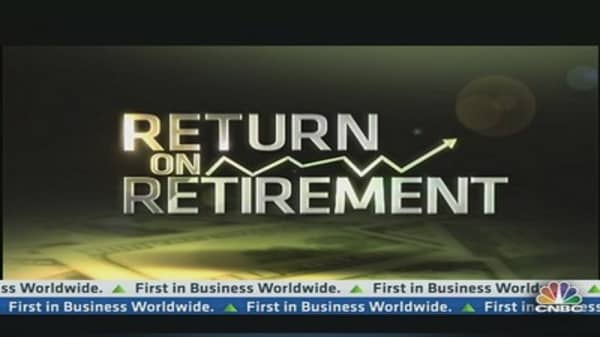As long as you've been saving for retirement, you've had your eye on "the number": the amount you need to save to get by. But once you decide to quit, there's another number you need to know—how much you plan on spending each month, and which retirement account it's going to come from.
Welcome to "decumulation," the process of unwinding the investments you've worked so hard to pile up over the course of your career.
How you spend your retirement accounts is as important as how you built them, and is subject to much the same forces that shaped your savings decisions: income, risk, and taxes. "You've got this dance between these three things," said Jennifer Landon, president of Journey Financial Services in Idaho Falls, Idaho.
But compared to the relatively straightforward process of saving, decumulating, to paraphrase the old saw about Ginger Rogers' dancing skills, can be like dancing backward, with higher stakes.
Traditionally, everyone's decumulation number was 4 percent — the percentage of your nest egg you could access each year and still stay flush. "With interest rates at an all-time low and volatility at an all-time high, the 4-percent rule no longer applies," said Landon.
(Read More: Are Stock-Shy Americans Risking Their Retirements?)
In any environment, retirement can be disorienting. "People accumulate money in these different buckets—IRAs, 401(k)s, Social Security, securities—but they don't know how to transition from saving mode to 'Boom, we're retired,'" said Bill Smith, president of W.A. Smith Financial Group, near Cleveland.
Having a firm idea of how much you expect to spend will help determine how much money you will have to tap, which funds you'll tap, and in which order. (Not incidentally, it will also give you an idea if you really have enough money set aside.) "Knowing your number is critical," Smith said.
Your decumulation number is actually two numbers put together: your basic expenses for shelter, food, utilities and other routine bills, and what Smith calls "joy expenses": the money you need to travel, pursue your hobbies and generally find fulfillment. Financial advisors are often surprised at how few clients have even a ballpark idea of their number as they approach retirement.





